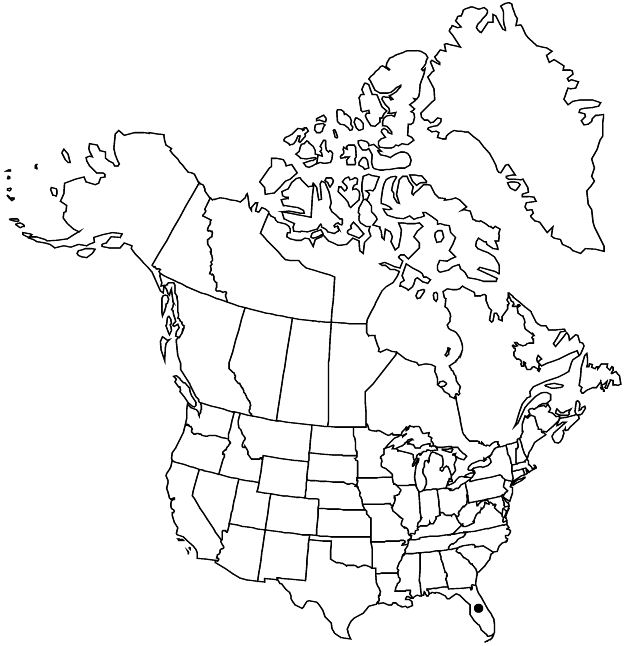Difference between revisions of "Talipariti tiliaceum var. pernambucense"
Contr. Univ. Michigan Herb. 23: 262. 2001.
Selected by author to be illustratedIntroduced
Basionym: Hibiscus pernambucensis Arruda Diss. Pl. Brazil, 44. 1810 (as pernambucencis)
Synonyms: H. tiliaceus subsp. pernambucensis (Arruda) A. Castellanos H. tiliaceus var. pernambucensis (Arruda) I. M. Johnston Paritium pernambucense unknown
FNA>Volume Importer |
FNA>Volume Importer |
(No difference)
| |
Revision as of 20:16, 24 September 2019
Leaves: stipules leaving prominent, markedly curved annular scars, epidermis obscured by pubescence. Inflorescences: involucel to 1/2 length of calyx, 8–12-dentate, teeth lanceolate, 10(–20) mm, epidermis obscured by pubescence. Pedicels (above articulation) 0.5–3 cm. Flowers: calyx lobes 12–15 × 6–8 mm; corolla yellow without red center, 4–6(–8) cm; staminal column 2.5–3 cm; filaments 1–3 mm.
Phenology: Flowering year-round.
Habitat: Littoral vegetation and stream banks, 0 m
Distribution

Fla., Mexico, West Indies, Central America, South America.
Discussion
Variety pernambucense is a New World native, but apparently is only introduced in the flora area, to Lee, Miami-Dade, and Monroe counties in southern Florida.
Selected References
None.
Lower Taxa
None.
